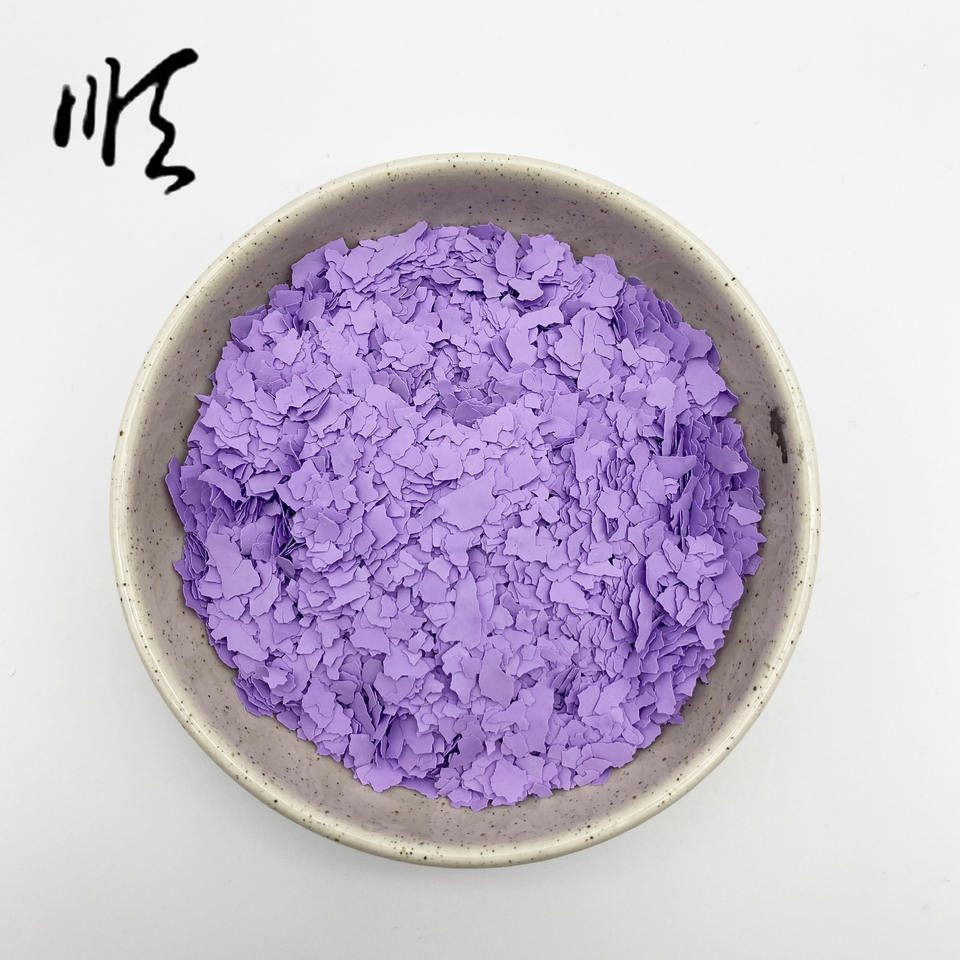
Exploring the Production Processes and Environmental Impact of Mica Sand Manufacturing Industries
The Role of Mica Sand Factories in Modern Industry
Mica is a naturally occurring mineral largely derived from igneous and metamorphic rocks and is celebrated for its unique physical properties, including electrical insulation, thermal stability, and a dazzling shimmer. Mica sand, specifically, consists of finely ground mica particles used in various industrial applications, most notably in cosmetics, paints, and construction materials. Given the increasing demand for mica sand in these industries, mica sand factories are playing an essential role in modern industry.
The Mica Mining Process
Mica is typically mined from deposits found in several parts of the world, including India, Madagascar, and the United States. The extraction process involves several steps, where ore is mined underground and then processed to separate the mica from other minerals. Once the mica is obtained, it can be processed into different grades of mica sand, depending on the intended use. High-quality mica sand is crucial for various industries that require specific particle sizes and purity levels.
Applications of Mica Sand
Mica sand has diverse applications across several key industries. In cosmetics, for example, its reflective properties are utilized to produce shimmering effects in products like eyeshadows, blushes, and lotions. These products benefit from mica's ability to enhance color and provide a smooth finish. Similarly, in the paint industry, mica sand is used as a filler and extender, improving the durability and aesthetic qualities of paints. Mica improves the texture and provides a sheen that is desirable in exterior and interior paints.
In construction, mica sand is also revered for its strengthening properties. When added to cement and concrete, it enhances the durability and workability of these materials, making them more resistant to cracking and weathering. The construction industry increasingly relies on mica sand as a sustainable alternative to synthetic materials, showcasing an essential role in promoting environmentally friendly building practices.
mica sand factories

Environmental Considerations
While mica sand factories contribute significantly to various industries, they must be aware of their environmental impact. Mining operations can lead to habitat destruction, soil erosion, and water pollution if not managed properly. Therefore, modern mica sand factories are increasingly adopting sustainable practices. This includes responsible sourcing methods, waste management systems, and rehabilitation of mining sites to restore ecological balance. Many factories are investing in technology to minimize their carbon footprint and reduce water and energy consumption.
Economic Impact
Mica sand factories also have substantial economic implications. They create jobs in mining, processing, and distribution, providing livelihoods for thousands of workers, especially in developing regions where mica is predominantly sourced. Additionally, the growth of industries that depend on mica sand stimulates regional economies, promoting infrastructure development and increasing local investment. As these factories expand their operations and improve efficiencies, they often lead to innovations in processing methods and product quality, contributing to overall economic growth.
Future Trends
The future of mica sand factories looks promising, with continued growth in demand across various industries. Innovations in product development, particularly in the realm of cosmetics and construction, are expected to drive this demand further. Furthermore, as more companies align with stringent ethical sourcing and sustainability standards, the mica industry is likely to witness a shift towards more responsible practices.
In conclusion, mica sand factories are integral to modern industrial applications, enriching various sectors while fostering economic development. As they navigate environmental challenges and embrace sustainable practices, these factories will play a crucial role in shaping the future of materials science and industrial production. The ongoing collaboration between industries, regulatory bodies, and communities will ensure the responsible extraction and processing of mica, leading to a balanced approach that benefits both people and the planet.
Share
-
Premium Pigment Supplier Custom Solutions & Bulk OrdersNewsMay.30,2025
-
Top China Slag Fly Ash Manufacturer OEM Factory SolutionsNewsMay.30,2025
-
Natural Lava Rock & Pumice for Landscaping Durable Volcanic SolutionsNewsMay.30,2025
-
Custom Micro Silica Fume Powder Manufacturers High-Purity SolutionsNewsMay.29,2025
-
Custom Mica Powder Pigment Manufacturers Vibrant Colors & Bulk OrdersNewsMay.29,2025
-
Custom Micro Silica Fume Powder Manufacturers Premium QualityNewsMay.29,2025






